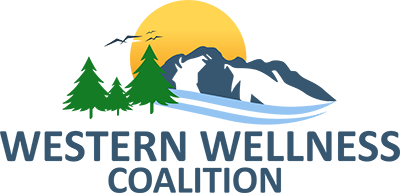
Grant Guidelines
The purpose of the Western Wellness Coalition (WWC) Community Grant Program is:The purpose of the Western Wellness Coalition (WWC) Community Grant Program is:
- To support community groups, non-profit organizations and K-12 schools in the Western region (Port Saunders to Port aux Basques, Burgeo, Ramea and South-West Coast, east to White Bay) in promoting wellness in their communities.
- Grant applications must include an activity that promotes safe and healthy living practices. Projects must aim to build relevant health skills and knowledge, and/or create supportive environments that lead to improving overall health.
- All applicants are strongly encouraged to contact their local Western Health Wellness Facilitator for consultation when preparing grant applications. Wellness Facilitators are available to work with groups to strengthen grant applications by providing guidance regarding project goals and objectives, budget development, partnerships and evaluation. Wellness Facilitators can also identify developed programs that are readily available to meet community needs.
To contact a Wellness Facilitator in the area:
Bonne Bay & Area, Port Saunders & Area:
Tel: (709) 458-2381, ext. 268
Bay of Islands & Area, Deer Lake, White Bay:
Tel: (709) 640-1874
Bay St. George South, Stephenville, Port aux Basques, Burgeo, Ramea & Area:
Tel: (709) 649-7921
Eligibility - Priority Areas
The WWC has identified eight priority areas to support wellness. Grant applications must relate to one or more of the wellness priority areas as listed below.
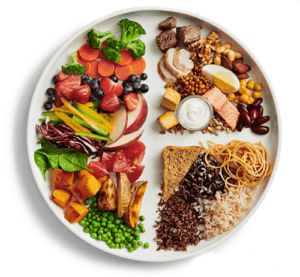 Healthy eating is important to the overall health of individuals, families and communities. Healthy eating can reduce the risk of developing for many chronic diseases such as diabetes, cardiovascular disease, osteoporosis, and certain types of cancer. Healthy eating is more than the foods you eat. It is also about where, when, why and how you eat. Projects that develop food skills, enhance knowledge and create supportive environments where healthy eating is the easy choice are recommended. Simply providing healthy food at an event is not considered a healthy eating project. See What expenses are eligible? section for information about funding healthy food.
Healthy eating is important to the overall health of individuals, families and communities. Healthy eating can reduce the risk of developing for many chronic diseases such as diabetes, cardiovascular disease, osteoporosis, and certain types of cancer. Healthy eating is more than the foods you eat. It is also about where, when, why and how you eat. Projects that develop food skills, enhance knowledge and create supportive environments where healthy eating is the easy choice are recommended. Simply providing healthy food at an event is not considered a healthy eating project. See What expenses are eligible? section for information about funding healthy food.
Project examples:
• Community or School Kitchens / Kids in the Community Kitchen (KICK)
• Community or School Gardens /Greenhouse /Composting
• Activities to support implementation of School Food Guidelines
• Colour It Up Program
• Food Skills Workshops (such as Container Gardening, Composting, seed saving, edible wild plants, preparing local vegetables, using culinary herbs, canning/bottling, root cellars)
• Food and Fun Camps
• Breastfeeding Support
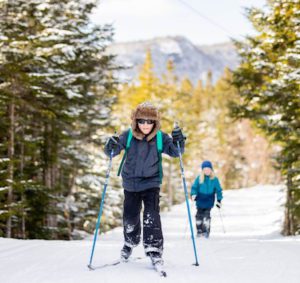 People are encouraged to live an active lifestyle with a daily balance of sleep, sedentary behaviours (sitting), and physical activities that supports their health and wellbeing. Physical activity promotes healthy growth and development in children and youth, prevents and helps manage chronic disease, and is important for healthy aging. Projects that foster a range of physical activities, such as play, recreation, and active transportation are recommended. Aim for active people in active communities!
People are encouraged to live an active lifestyle with a daily balance of sleep, sedentary behaviours (sitting), and physical activities that supports their health and wellbeing. Physical activity promotes healthy growth and development in children and youth, prevents and helps manage chronic disease, and is important for healthy aging. Projects that foster a range of physical activities, such as play, recreation, and active transportation are recommended. Aim for active people in active communities!
Project examples:
• Community or School Walking Clubs, Snowshoe Clubs, Mountain Biking, Cycling Clubs
• Summer Recreation / Winter Active programs
• Kids Live Well Marathon
• Minor equipment for physical activity programs
• Enhancing community or school spaces for physical activity
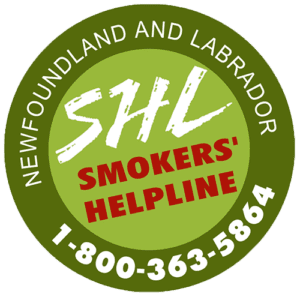 Communities, schools, organizations, and agencies play a key role in promoting tobacco and vapour free living. Working together, they can prevent youth and young adults from starting to use tobacco and /or vaping products; support people to quit and stay smoke-free; protect others from second-hand smoke/vapour by creating smoke and vape-free spaces and policies; and help change attitudes about tobacco use and nicotine addiction.
Communities, schools, organizations, and agencies play a key role in promoting tobacco and vapour free living. Working together, they can prevent youth and young adults from starting to use tobacco and /or vaping products; support people to quit and stay smoke-free; protect others from second-hand smoke/vapour by creating smoke and vape-free spaces and policies; and help change attitudes about tobacco use and nicotine addiction.
Project examples:
• Signage for smoke and vapour free recreational or public community spaces
• Deliver quit smoking/vaping programs (Walk/Run 2 Quit)
• Deliver addictions prevention programs /campaigns (nicotine addiction prevention)
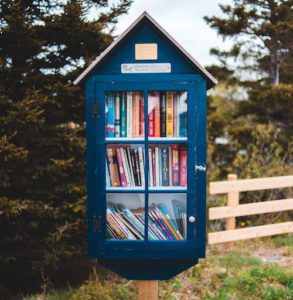 Healthy environments are about creating and maintaining environments which promote good public health. The way spaces are built/structured can influence opportunities available to be healthy. Parks, trails, play spaces and safe walking routes are all parts of healthy communities.
Healthy environments are about creating and maintaining environments which promote good public health. The way spaces are built/structured can influence opportunities available to be healthy. Parks, trails, play spaces and safe walking routes are all parts of healthy communities.
Project examples:
• Neighbourhood or school yard clean-up
• Trail development and maintenance/enhancement
• Anti-idling (cars) campaign
• Pop-up libraries
• Renewing green spaces
• Signage to promote town walking or trail use
• Supports for active transportation (bike racks, trail connections, maps, crosswalks)
• Composting programs or renewing green spaces
• Improvements to outdoor spaces to increase physical activity
• Outdoor classrooms/outdoor learning spaces
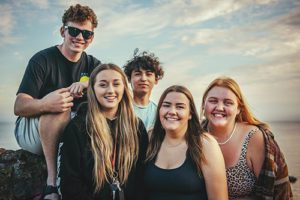 Actions to enhance mental health promotion and addictions prevention focus on early intervention, skill-building, harm reduction, and recovery, provide programming to build resiliency and positive coping skills across the lifespan. Projects that focus on themes such as suicide prevention and life promotion; address alcohol, cannabis & opioid use & reduce related harms; deliver programs and initiatives that enhance early development of assertiveness, refusal, and decision-making skills; enhance parenting skills; reducing stigma and creating inclusive communities would be considered.
Actions to enhance mental health promotion and addictions prevention focus on early intervention, skill-building, harm reduction, and recovery, provide programming to build resiliency and positive coping skills across the lifespan. Projects that focus on themes such as suicide prevention and life promotion; address alcohol, cannabis & opioid use & reduce related harms; deliver programs and initiatives that enhance early development of assertiveness, refusal, and decision-making skills; enhance parenting skills; reducing stigma and creating inclusive communities would be considered.
Project examples:
• Survivor Challenge / Girls Night Out Suicide Prevention Programs
• Strengthening Families / Families & Schools Together (F&ST)
• Addiction Prevention Tools Program (APT)
• The Truth About Drugs / What’s With Weed?
• No Stress Fest /No Stress Fest Home Edition
• Andy Irons Film Screening – powerful story about bipolar disorder & opioid addiction
• Workshops on stress and anxiety management, resiliency, and coping
• Creation of student spaces at schools (calming rooms, sensory rooms)
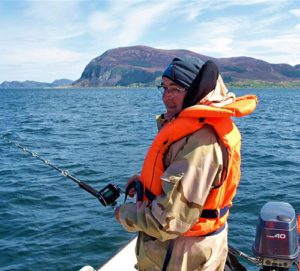 Injuries that happen as a result of “accidents” can often be prevented if safety measures are considered ahead of time. Many of the injuries from car, snowmobile or ATV accidents, poisonings, falls, fires, or water-related incidents can be prevented or reduced.
Injuries that happen as a result of “accidents” can often be prevented if safety measures are considered ahead of time. Many of the injuries from car, snowmobile or ATV accidents, poisonings, falls, fires, or water-related incidents can be prevented or reduced.
Project examples:
• Bicycle safety rodeos
• Water/boating safety workshop
• Concussion awareness
• Falls prevention for seniors
• Helmet safety
• ATV/Snowmobile safety
• Distracted driving awareness
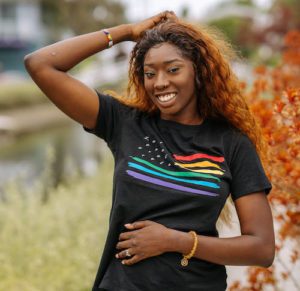 Sexual health is an important component of overall health and wellbeing. To be sexually healthy, people need to be motivated, and have knowledge and skill to promote and protect their sexual and reproductive health. Sexual health needs change over time:
Sexual health is an important component of overall health and wellbeing. To be sexually healthy, people need to be motivated, and have knowledge and skill to promote and protect their sexual and reproductive health. Sexual health needs change over time:
• Children need to develop a positive self-image, self-awareness and skills for healthy relationships.
• Youth and young adults need education on sexual feelings, decision making, consent, preventing unintended pregnancy and sexually transmitted infections;
• Adults and Seniors – Being sexually healthy means being able to comfortably discuss the feelings and values, enjoy sexual expression, know and exercise the sexual rights.
Project examples:
• Sexually Transmitted Infection prevention initiatives
• Initiatives that promote healthy relationships and understanding consent
• Safer sex campaigns, sexual health programming and resources
• LGBTQ2S+ and sexual diversity awareness programming / events
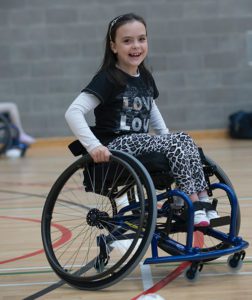 It is important to support health and well-being from infancy through the adolescent years in areas such as healthy pregnancy, parenting and family support, early childhood learning and care. A healthy child is one who thrives through each developmental stage and is positioned to reach their potential in adulthood.
It is important to support health and well-being from infancy through the adolescent years in areas such as healthy pregnancy, parenting and family support, early childhood learning and care. A healthy child is one who thrives through each developmental stage and is positioned to reach their potential in adulthood.
Project examples:
• Younger children: projects may focus on enhancing attachment with parents/caregivers such as breastfeeding support groups, baby-parent play groups, early literacy such as story, song or rhyme times.
• Youth: projects may focus on developing social or decision-making skills, leadership, or transitioning into various life stages such as middle school to high school, or to work, or college.
Programs:
◦ Kids Live Well Marathon
◦ Children Aiming To Choose Health (CATCH) program
◦ Kids in the Community Kitchen (KICK)
◦ Strengthening Families / Families & Schools Together (F&ST)
Applicants
Eligible Applicants
- For Community Grants: Municipalities, Community Groups and Organizations, Non-Profit Organizations, Post-Secondary Schools.
- For School Grants: All K-12 Schools in the Western Region.
Ineligible Applicants
- Business and for-profit groups
- Health Authority Staff
Funding
- Grants are available for a maximum of $1000.00.
- Funding must be used within one year of receiving the grant. (Schools are encouraged to complete their projects within the school year).
Application Deadlines
Online submissions are preferred, however applications can be mailed, faxed, or e-mailed. Projects will not be considered for funding if received after the deadline (see below). Project start dates must accommodate a 4-week processing period as indicated below. Projects/events that begin or are completed before the application review process is completed will not be considered. Deadline dates are:
Community Grants:
September 30
For Projects starting November 1– Feb 28
January 30
For Projects starting March 1 – May 31
School Grants:
November 1
For projects starting Dec 1- Feb 28
February 1
For projects starting Mar 1– May 1
Application Review and Funding Notification
The WWC will review all applications. The WWC Grant Review Committee reserves the right to determine project eligibility. Applicants will receive a letter within four weeks of the submission deadline outlining the conditions of the grant approval or reason for denial. Successful applicants will receive a cheque for the awarded amount by mail.
Expectations for Successful Applicants
• Projects should be completed as outlined in the application. Any activity or budget changes must receive approval from the WWC in advance.
• Projects should be completed within 12 months of receiving funding.
• Schools should complete projects within the school year.
• Funding not spent as outlined in the project budget must be returned to the WWC at the end of the project. Contact the Wellness Facilitator or School Health Consultant for assistance with returning funding.
• The WWC would appreciate recognition as a project funder as appropriate (e.g., media interviews, displays, publications, etc). The WWC logo is available electronically and as a poster to all grant recipients.
• Within two months of completing the project, grant recipients must complete the online Final Report and upload copies of the receipts.
• Applications for other projects may not be accepted until reports and receipts are received from a previous project.
